Looking for tips for driving in Spain as a tourist? Whether you’re planning a road trip or considering campervanning in Spain, there will always be some doubts about driving in a new country.
Trust me, there are a lot of things I wish I knew about driving in Spain before I moved here.
After calling Spain home for over 10 years, the last two full-time in a van, and even before that I’ve been on countless road trips in Spain, you can say that I’ve driven quite a lot in Spain.
I’ve learned some driving rules in Spain the hard way, paying hundreds of Euros in fines, while others I’ve picked up along the way from Spanish friends, the police, and towing personnel.
Eventually, I’ve read up on the correct driving laws in Spain to make sure I do things right and to help out friends from different countries and continents planning to drive in Spain – though as with all rules in Spain, they are somewhat diffused.
In this post, I’ll share all my tips for driving in Spain as a tourist so you don’t have to make the same mistakes as I have.
Disclosure: This post may contain affiliate links. That means that if you make a purchase through one of those links, I will get a small commission at no extra cost to you.
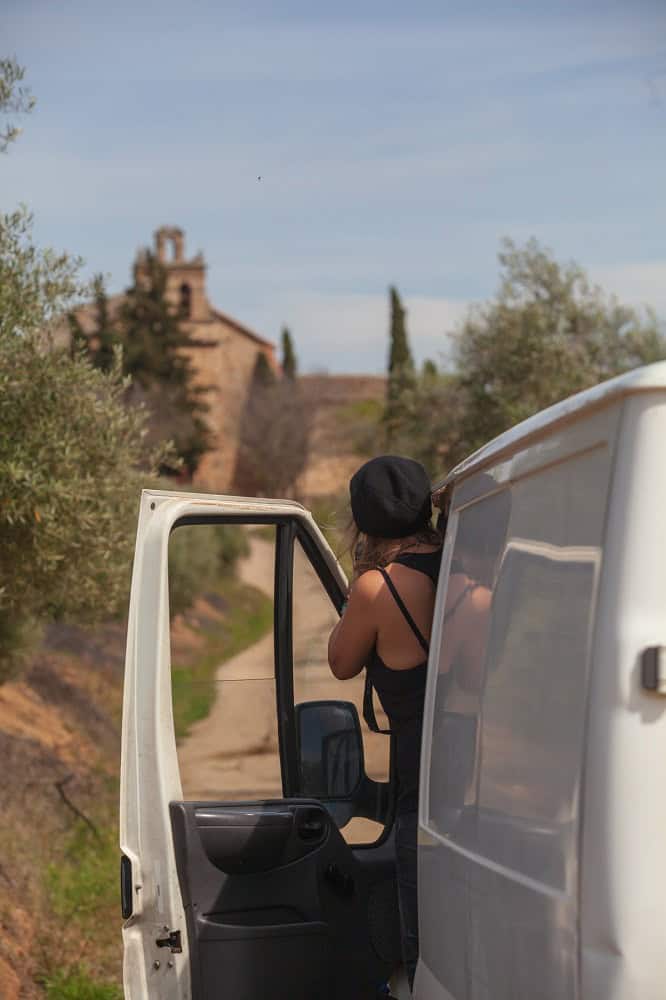
Tips for driving in Spain as a tourist
In general, driving in Spain is pretty easy and the main roads are well maintained. It’s first when you get to more rural areas that you can experience narrow, uneven roads with lots of holes and bumps. And maybe even unpaved roads. But then you know you’re off the beaten path!
But as anywhere else, there are a few Spanish road rules to be aware of when driving in Spain as a tourist.

Speed cameras
First of all, there are a lot of speed cameras throughout the country. They are all marked with blue and white signs demonstrating that there is a speed camera ahead.
However, be aware that some of these measure the time it takes for you to drive from one point to another. One camera will take a photo of your car at the starting point and one camera will take a photo at the endpoint to make out the average speed of your vehicle.
This means you have to follow the speed limit for the given amount of kilometers, or you will be fined. These signs have the text “Control de velocidad en tramo de XX Km.” The XX will be the number of kilometers and vary depending on the distance between speed camera one and two.
Speed cameras take photos from behind as you drive past them. The most common you will see are grey boxes on the side of the road or they can hang on the back of signs across the road. These signs often tell you there is a speed control “Por du seguridad – Control de velocidad.”
There are also random speed controls performed by police.
Road police
In Spain, they also have different kinds of police that you should be aware of. Guardia Civil (green and white cars), Policia Local (white/blue/yellow cars), and Policia Nacional (dark blue cars). You can also see them on motorbikes, usually two or more together.
Most of the time the police cars drive with the blue lights on to show presence, not to stop people.
Guardia Civil are usually the first ones on the scene whenever there is an accident. They do an excellent job in maneuvering traffic if necessary, most of all to secure safety on the road. They are extremely helpful in case you should puncture a tire or have a breakdown on the road.
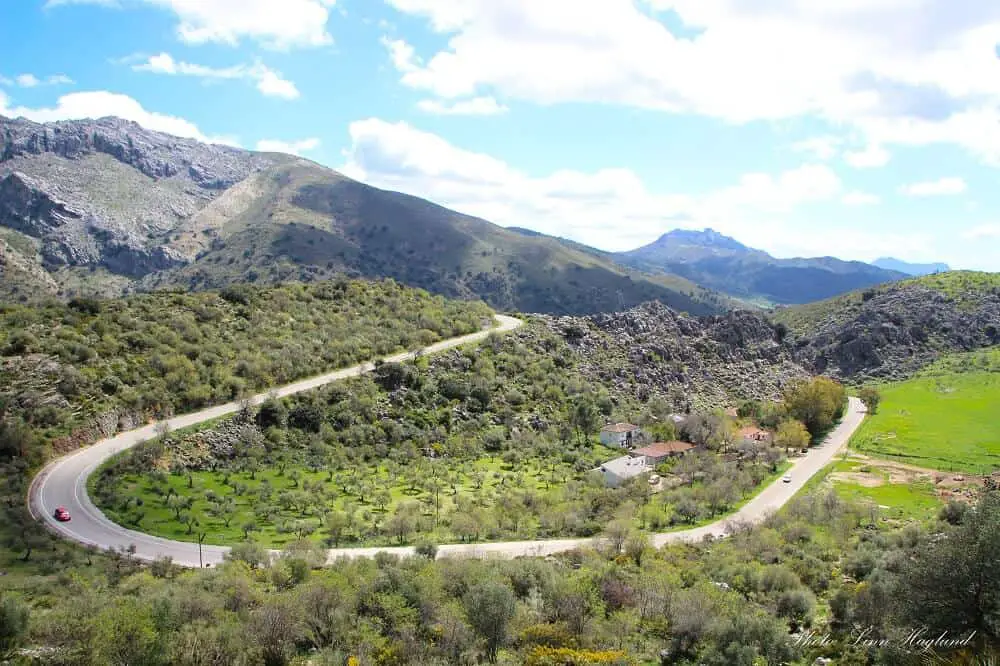
Spanish road rules
There are a few Spanish road rules I want to point out, as I think they’re easy to break without knowing. On top of the following, there is a mountain of other rules that you can find on the Government’s traffic site.
- Right-hand drive
- Legal driving age in Spain is 18 years
- Most rental car companies require drivers to be a minimum of 21 years old
- Driver and all passengers must wear a seat belt
- It’s not allowed to drive in flip flops or barefoot
- The alcohol limit for drivers who have had their license for more than 2 years is 0,5mg per milliliter of blood and 0,3mg for those who have had their license for less than 2 years. My recommendation: Don’t drink if you drive.
- It’s not allowed to use a mobile phone when you drive or stand still at a red light etc. This includes the use of headphones.
- You can only use the horn to avoid an accident or if there is another emergency.
- You’re not allowed to have the arm outside the open window. Both hands should always be on the steering wheel and both eyes on the road (yes, they do fine you if they’re in the mood for it!)
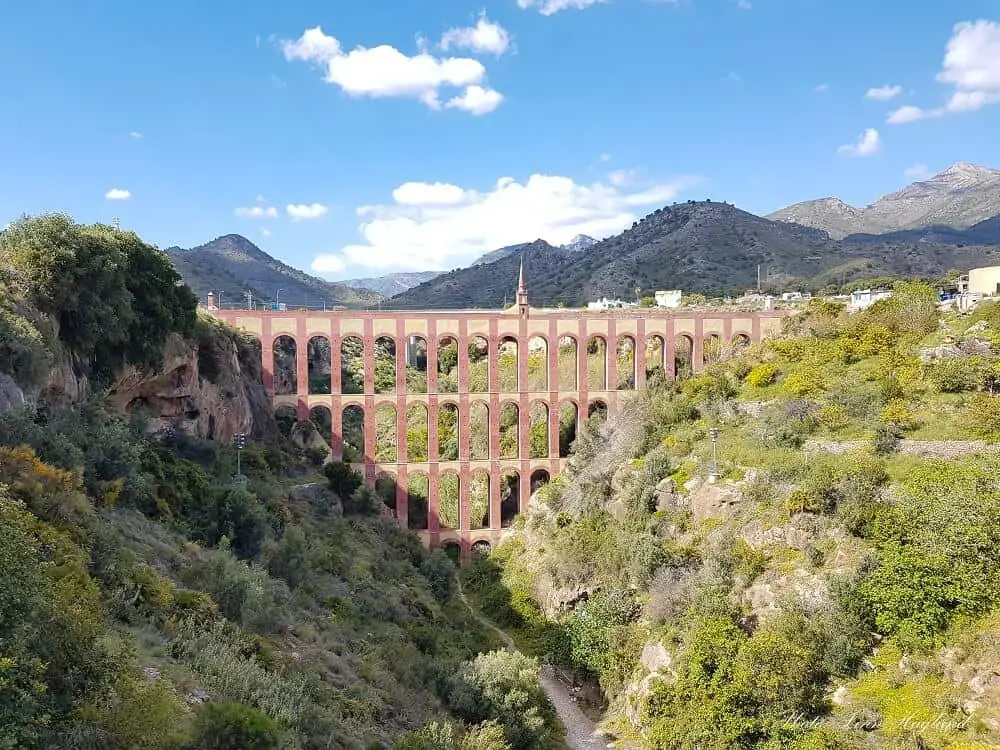
Parking in Spain
You might wonder where you can park and not. I have listed the most common parking areas and how to park there.
- In cities, you will find parking along the road marked blue lines. These are spots you have to pay for, normally Monday to Saturday within certain hours (09:00-21:00/09:00-14:00). You find the correct times on the paying machines along the road. Note that you often need to plot in your license plate number on the machine when you pay.
- Parking slots marked with white lines are free.
- If there are no parking slots, often in smaller towns or villages, a yellow line along the road means no parking. Make sure you also check for signs by the road. In some places you can park at certain hours of the day, this will be marked with a sign specifying the hours.
- If you park on a small street, it could be in remote areas or by beaches, make sure you park the car completely outside the road. Your tires should not be on the road at all or you’ll be fined, or even worse, they might tow away your vehicle.
- Some streets in certain towns in Spain can have parking on one side of the street every second month and on the other side of the street every opposite month. These are marked with no parking signs on each side of the road with which months you are not allowed to park. Unless it’s the first of the month (when they come and tow away all cars that have forgotten to change side), it’s safe to park on the same side of the road as the other cars.
- Certain parking areas, especially near popular beaches, have official or unofficial parking vigilantes that you have to pay cash to watch the car. Some places have fixed prices like 1 or 5 Euros while in other places you can give them whatever change you want. It’s not normal to give more than a Euro unless they have a set price and ticket. Then it can get much more expensive.
- Parking garages are expensive, but you find them in all major cities and some large towns if you prefer them for convenience.
Altogether, if you’re in doubt about parking somewhere, ask the locals nicely and they will help you out. I do that all the time!
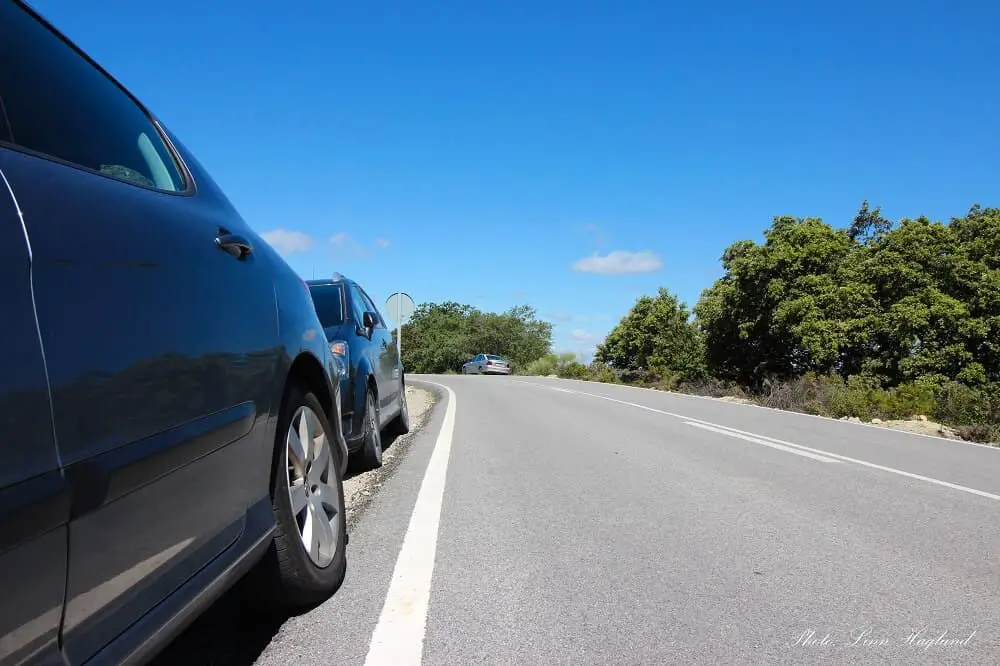
Driving license and driving a foreign car in Spain
Make sure you check upfront if you need an International driver’s license to drive in Spain before you go.
Most residents of EU or EEA countries can use their local driving licenses for driving in Spain, but some have restrictions for up to 6 months.
For Americans driving in Spain, it’s necessary with an International driving license together with a US driving license.
If you go on a European campervan trip from the UK with a UK-registered motorhome or campervan, you need to display a UK sticker on the rear of your vehicle.
As a non-resident in Spain, you can drive a foreign-registered car for up to 6 months in Spain. But if you’re a resident, it’s only 30 days.
Driving in Spain with dogs
You can have dogs in the car while driving in Spain, but you must carry their documentation at all times. They also must be secured to not interfere with the driver and for their own safety.
Dogs must be secured in either of the following ways while in the car:
- Dog seatbelt – This can be purchased in any pet shop or China shops. Some large supermarkets, like Carrefour, might also sell it. This is very budget friendly and I’ve usually paid 12-15 Euros for them. They should not have a long lead and must be connected to a harness and not a collar.
- Crate – A more costly alternative is to keep your dog in a locked crate that is secured in a way that it can’t roll around when driving.
We use a mix of these two. Atlas is mostly in the crate in the back of the van, but if it’s very hot or we feel like we or he needs the company, we take him in the front with the seatbelt on.
Personally, I think that it’s safer with a crate, but if you’re traveling with your dog, you might not have one with you, and then it’s super convenient with a seatbelt.
Spain has also improved their animal welfare laws concerning driving with dogs, which includes that there must be good airflow/airconditioning for the animals during travel and they must have adequate food, water, and rest stops.
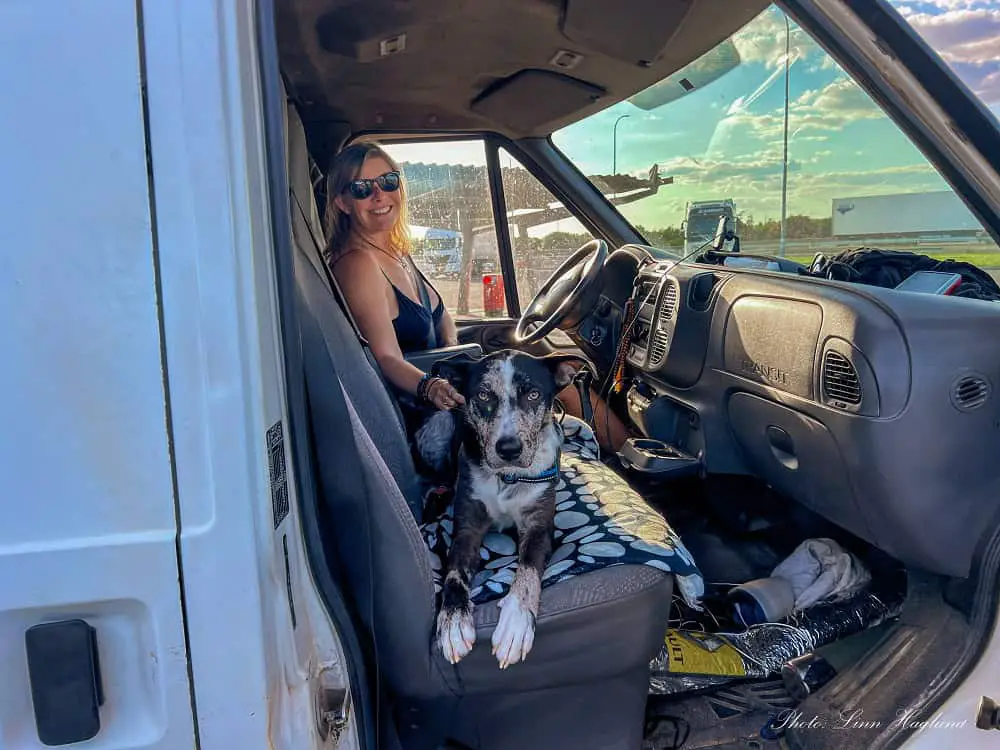
Reflections on driving in Spain as a tourist
Summing up how to drive in Spain, most rules are common sense, but again, other things you might never have thought of (I know I didn’t when I first moved here!)
I hope you found these driving in Spain tips useful and wish you a fabulous road trip!
